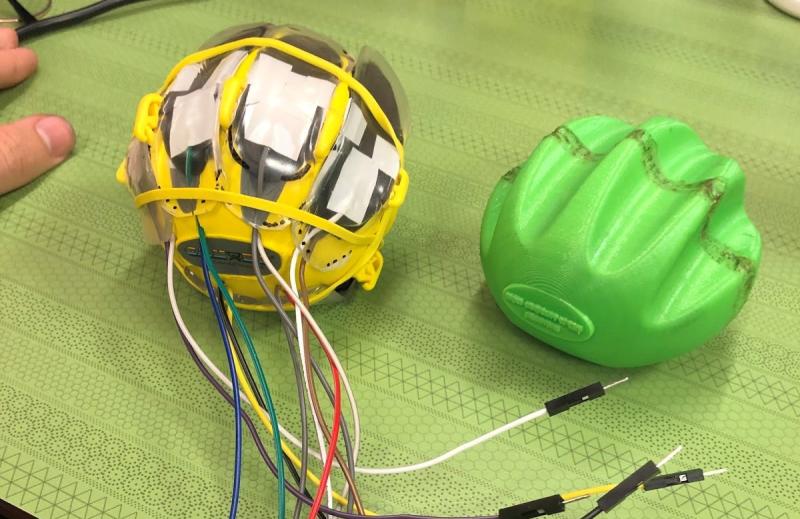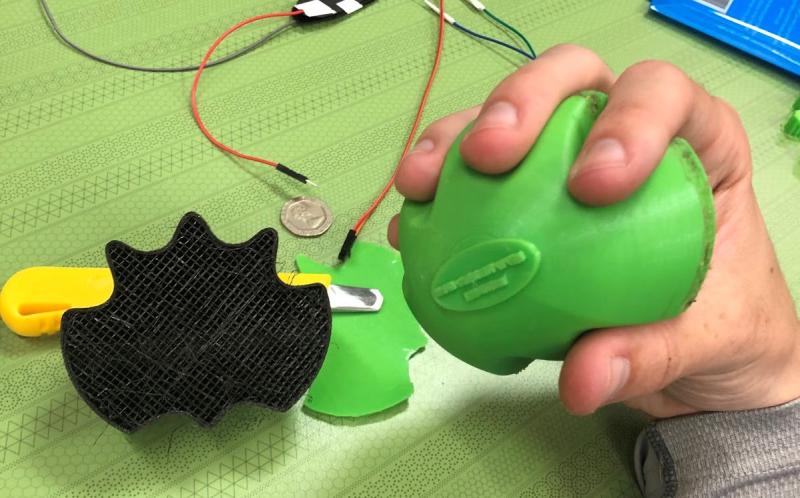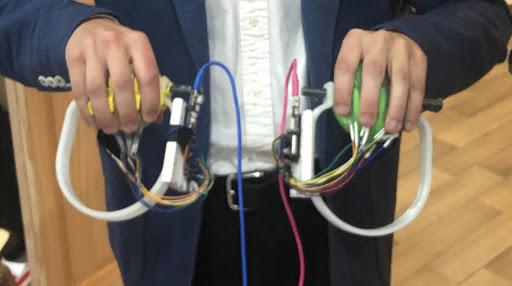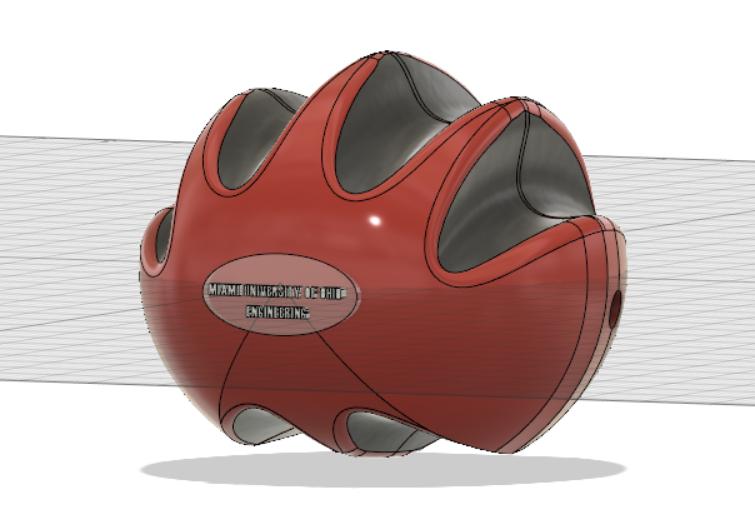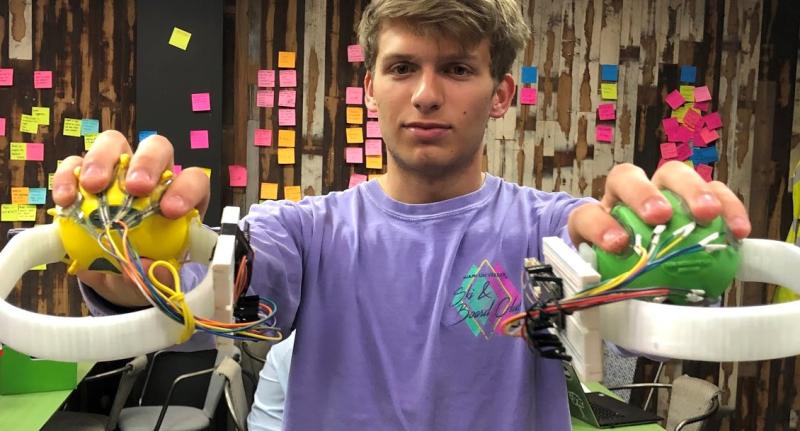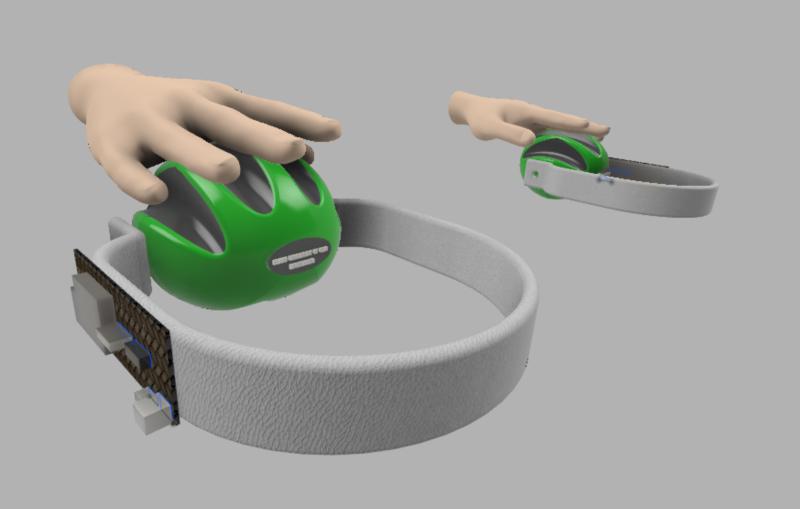Helping stroke patients regain feeling with a rehab therapy device utilizing Bluetooth, touch sensors, haptic feedback, and ergonomic CAD designs
Overview
Led a team of 5 engineers in developing an innovative mirror therapy rehabilitation device for stroke patients. Using design-thinking methodology, we created a device that combines Bluetooth connectivity, haptic feedback, and touch sensors to help patients regain feeling and control in affected body parts through mirror therapy techniques.
Technical Design
The device consists of two ergonomic hand-held components that communicate via Bluetooth:
- Touch Sensors: Integrated on one side to detect patient interaction
- Haptic Feedback: Implemented on the opposite side to provide sensory feedback
- Arched Handle: Rigid mounting system for Arduino boards and electronics, designed for physical therapist guidance
- Bluetooth Communication: Enables real-time coordination between device components
Gallery
